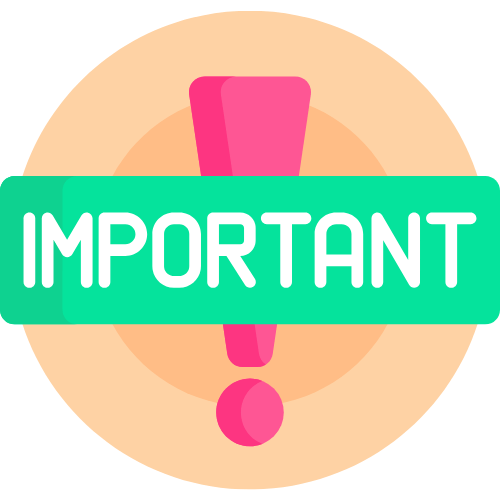Writing an email subject line is an art, especially in the healthcare industry. You want to ensure your message is opened, read, and acted upon, all while maintaining professionalism and adhering to privacy standards. Here are seven tips to help you craft the perfect healthcare email subject line:
1. Keep it Short and Concise

Email inboxes are busy places, and your subject line needs to stand out without taking up too much space. Aim for 6-10 words, or around 60 characters, to ensure your subject line isn’t cut off in inboxes or on mobile devices. A short subject line also helps get your point across quickly and clearly.
2. Be Clear and Direct
Your subject line should clearly indicate the topic and purpose of your email. Whether you’re sending a reminder, sharing test results, or promoting a new service, make sure the subject line accurately reflects the content. This will help the recipient understand the importance of your message at a glance.

3. Create a Sense of Urgency (When Appropriate)

If your email contains time-sensitive information, such as appointment reminders or updates on medical conditions, convey a sense of urgency in your subject line to prompt action. For example, “Action Required: Upcoming Appointment on [Date]” or “Important Update: Changes to Your Medication.”
4. Personalize When Possible
Adding a patient’s name to the subject line can help your email stand out and seem more approachable. For example, “Jane, a Friendly Reminder About Your Dental Check-Up.” Personalization also helps to create a connection and a sense of familiarity, making it more likely for your email to be opened and read.

5. Maintain Privacy and Confidentiality

It is crucial to uphold patient privacy and confidentiality in all communications, including email subject lines. Avoid using personal health information or details that could identify a patient. Instead, use general terms or codes that your patients understand and agree upon. For example, “Results for Mr. Smith – ID# 12345.”
6. Use Numbers and Lists
Numbers and lists in subject lines can help to simplify complex information and make your email more scannable. For example, “3 Things to Know Before Your Surgery” or “Your Post-Op Care: A Step-by-Step Guide.” This technique also adds structure to your email and can make it more engaging.

7. Test and Optimize

Experiment with different subject lines to see what works best for your audience. Send test emails to yourself and colleagues to gauge the effectiveness of your subject lines. Pay attention to open rates and patient feedback to optimize your approach over time.
Here are some examples of effective healthcare email subject lines:
- “Appointment Confirmation for [Date] – ID# [Patient ID]”
- “Important Health Update: New Medication Prescribed”
- “Jane, Don’t Miss Your Upcoming Vaccination Appointment!”
- “5 Tips for Managing Your Diabetes”
- “Results for Your Recent Blood Work”
In conclusion, crafting the perfect healthcare email subject line involves a delicate balance of brevity, clarity, and engagement, all while maintaining privacy standards. It’s essential to remember that in healthcare, trust is paramount; your subject line should reflect the professionalism and care that your practice embodies. Avoiding overly promotional language ensures your message is perceived as genuine rather than sales-driven. Additionally, always consider the emotional state of your recipients—healthcare is a sensitive field, and your subject line should convey empathy and understanding.
Follow these tips and tailor your approach to your audience to effectively communicate with patients and colleagues through email, strengthen relationships, and drive meaningful interactions.




